Seattle is considered one of the coolest cities in the United States. It is where some of the world’s best-known companies were founded or built, including Amazon, Starbucks, and Microsoft. It is also home to the famous Pike Place Market, Chihuly glass sculpture museum, and Space Needle. On a three-day visit, armed with my Leica Q2, I was hoping to find out whether it lived up to its reputation.
Sibling cities


After visiting two delightful cities in British Columbia — Vancouver and Victoria — I crossed the US-Canadian border by ferry. The journey through the Puget Sound was an additional treat. My third and final destination on a three-city, two-ferry trip was Seattle, Washington. Even though spanning two different countries, the proximity and similar climates of these three cities effectively make them siblings.
With its slightly earlier founding (1851) and slightly larger population (~730,000) Seattle can claim to be the eldest of those siblings. Just as San Diego, where I live, is the southwestern-most big city in the US, Seattle is its northwestern-most counterpart. But whereas San Diego enjoys perpetual mild weather and plentiful sunshine, Seattle enjoys a wet, cool climate.
On my short visit, I confined myself to the main highlights within walking or aerial tram-ride distance of our hotel. The first stop on the agenda was Seattle’s cultural epicentre — Pike Place Market.
Flying fish
The covered market, located on Pike Place, is perched above Seattle’s port, in the centre of the city’s downtown district. It is a sprawling, indoor, multi-level affair, filled with stalls of all kinds and absolutely jam-packed with visitors. The market spills over into neighbouring streets, encompassing yet more stalls, restaurants, and bars. Going there is an immersive experience rather than a shopping trip.




Inside, a tidal wave of people sweeps you along past all the neon signage, food stalls, and flower displays. I was shooting mostly wide-open in relatively low light — a scenario where the Q2 excels.
The best-known spot at the market, right at its entrance, is the Pike Place Fish Market. Its fishmongers are famous for shouting out orders and flinging fish to one another. Here’s how it works.
A customer chooses their fish from the massive selection displayed on beds of crushed ice. A fishmonger then grabs and hurls it to a colleague at the central stall, who weighs and wraps it. They never miss.
As they launch the fish on its arcing trajectory, they shout some incomprehensible message. I presume this is a coded description of the price per pound. The throng of onlookers witnessing this feat then shout and applaud appreciatively. At some point, the customer hands over their cash and makes off with their catch.
Fish photography
Photographing this phenomenon is tricky. I hung around waiting for a purchase to occur, surreptitiously sidling up to where I thought the action would take place. Having set my ISO at 3200, to ensure a fast shutter speed, I watched and waited. When a fish was about to be flung, I adjusted my vantage point to avoid the crowd of nearby people. Trying to time it so that I would catch an image of an airborne fish, I took a guess and pressed the shutter release.
After a few attempts, I captured an image I was happy with. The aproned fish-handler is clearly throwing rather than catching the fish; she is looking where she is aiming. The fish, with its flexible backbone, adopts a curved shape in flight. If you like alliteration, I suppose you could call it a soaring, S-shaped, sigmoidal, sock-eye, salmon…
Glassy-eyed in Seattle
Our next destination was Chihuly Garden and Glass. You might have heard of the sculptor, Dale Chihuly. He is famous for large-format works in coloured, curved glass. These are often expansive assemblies of smaller, hand-blown glass objects. Chihuly Garden and Glass is a museum showcasing examples of his work.
I admit to being sceptical about the visit beforehand. I assumed it would be a rather commercialised venture, geared more to selling examples of his work. However, the museum turned out to be magnificent. The artfully illuminated sculptures were truly spectacular. It is best known for its swirling glass ensembles, but also includes all manner of curvaceous vases and bowls. The path through the displays led us beneath several remarkable examples of stained-glass ceilings.
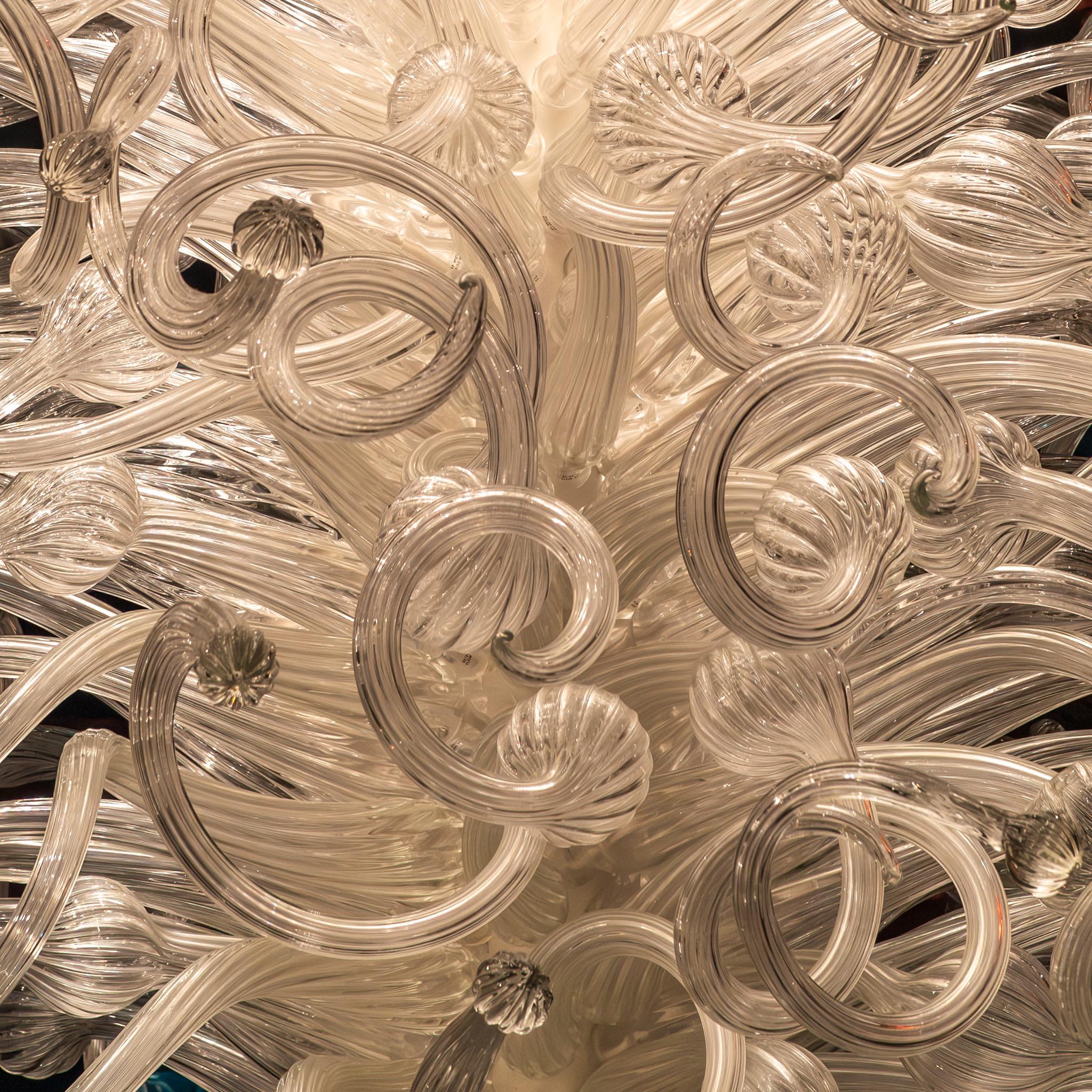




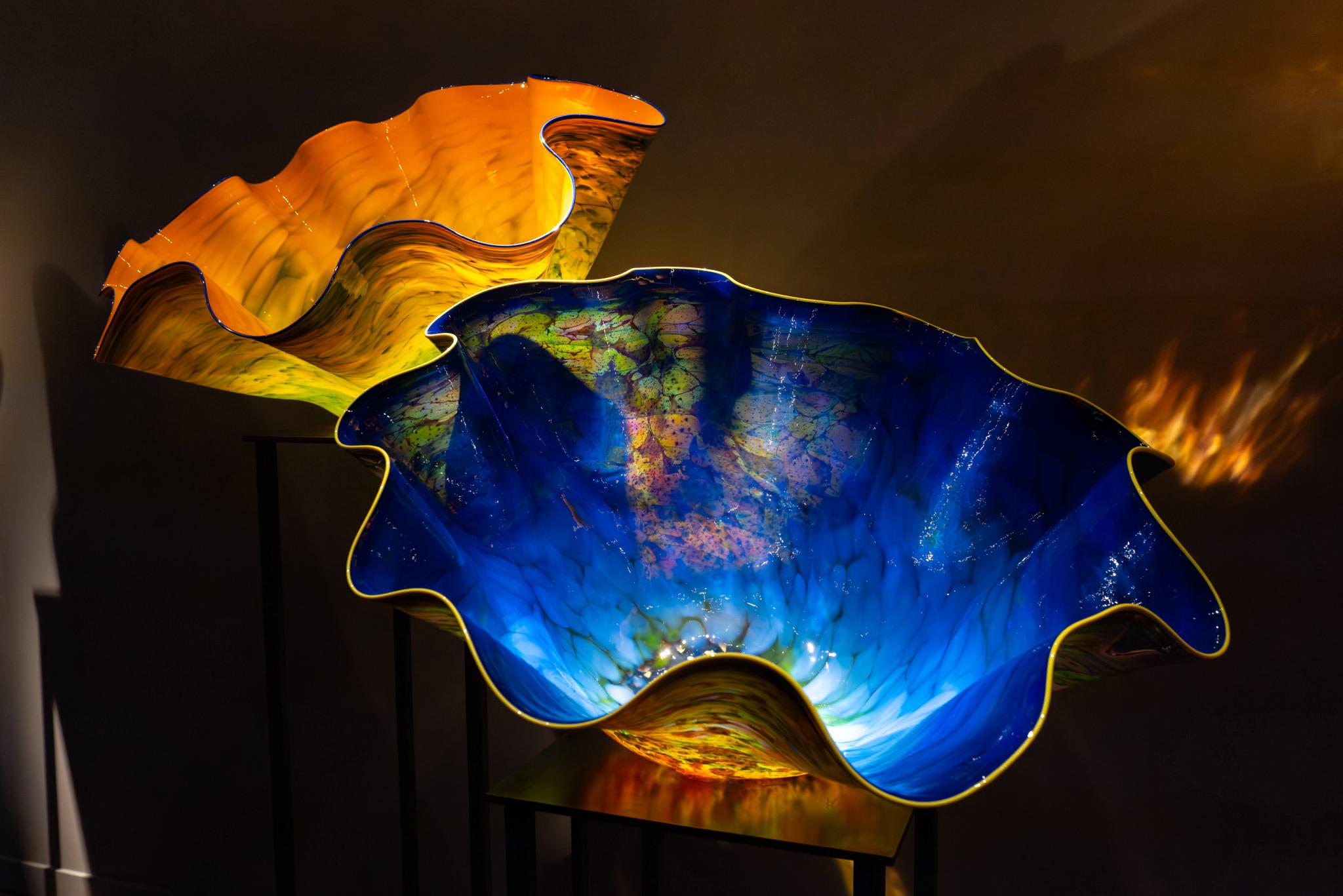
Using AUTO ISO, the camera’s algorithm chose a relatively low ISO for the most brightly lit sculptures. However, in dimmer rooms, ISO climbed as high as 6400 to preserve a minimum shutter speed of 1/50s. For such images, I used the AI-assisted denoise feature in Lightroom to remove graininess.
If you visit Seattle, I would highly recommend a visit to this museum. The interaction of transparent glass shapes and tastefully arranged light sources make for a unique and memorable experience.
MoPOP
Around the corner from the Chihuly exhibit is the Seattle Museum of Pop Culture, referred to locally as MoPOP. Although I did not visit the museum, I found its metallic facade and chaotic roofline fascinating. As mentioned in previous articles, I enjoy abstract photography, and am always on the lookout for promising substrate. So, I could not resist creating an abstract representation of MoPOP.
Its remarkable roof, comprising sheets of bare metal welded into irregular twists and curves, could provide endless opportunities for abstraction. But, I think it is best enjoyed in its gloriously bizarre entirety.
SAM, the Seattle Art Museum
I love visiting art museums, usually taking countless photos of exhibits that never see the light of day. I decided to break with that habit and include some shots from the Seattle Art Museum, which is superb. From the enormous installation in the foyer, inspired by the trunk and limbs of a Redwood tree, to the exhibition of paintings by African American artists, the museum was overflowing with incredible works of art.
One of my favourites was a piece called Mann und Maus, by Katharine Fritsch. A human figure, in white, tucked up in an all-white bed, is pinned by an enormous mouse, rendered in black. Work out the psychology of that one!
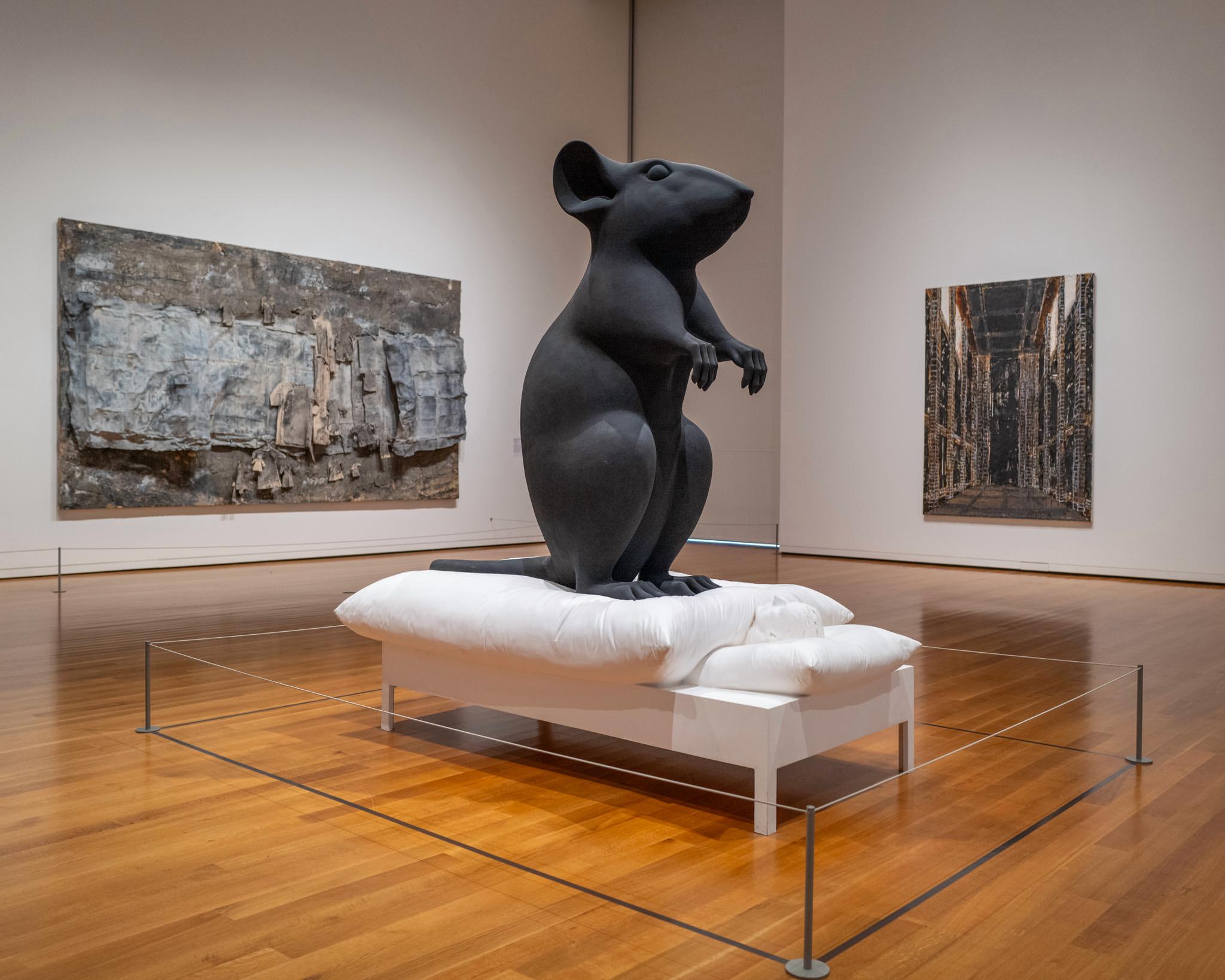

Another was a painting, Anthony of Padua, by the African American painter, Kehinde Wiley. This is the artist who painted President Obama for The Smithsonian Portrait Gallery. You can see Wiley’s distinctive style in both works. He asks African Americans he meets on the street if they would like to pose for a painting in which he reimagines a famous work by one of the great masters. In this case, the painting is a reimagination of a stained-glass window by Ingres.
The museum also contained art inspired by the culture of indigenous peoples who have long occupied the Pacific Northwest. This painting, by Robert Davidson, is called Canoe Breaker: Southeast Wind’s Brother. I love the bold, tricolour design.
This final piece, by African Artist, Amoako Boafo, was part of an exhibition called Soul of Black Folks.
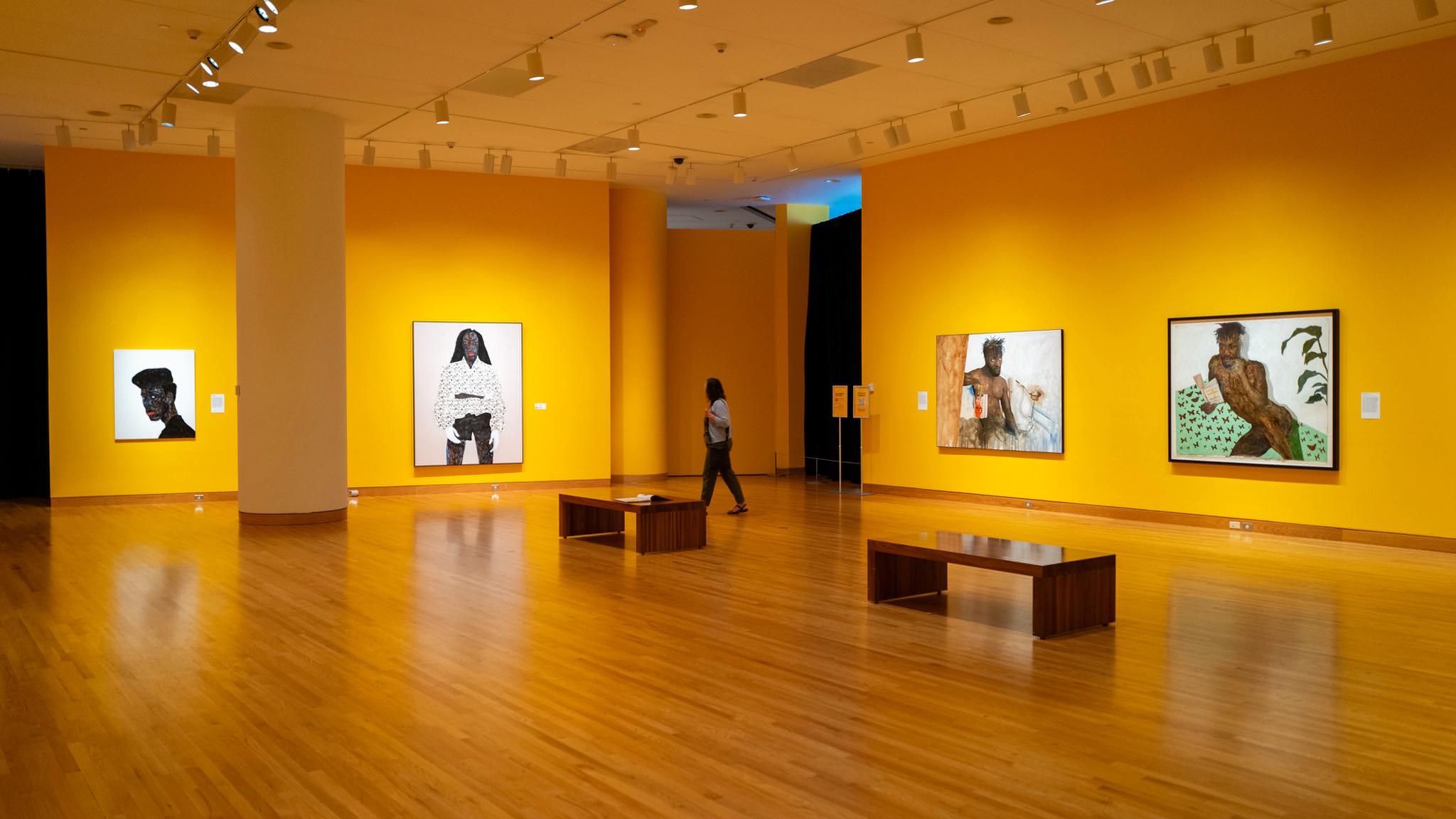

Seattle Central Library
On my travels, I have found that a town or city library is often a point of civic pride, conveying something important about its community and history. It so happened that our hotel was across the street from Seattle’s Central Library — a remarkable example of modern architecture. Its sharp-edged, glass-covered, monolithic structure enclosed seven enormous floors connected by escalators and elevators.

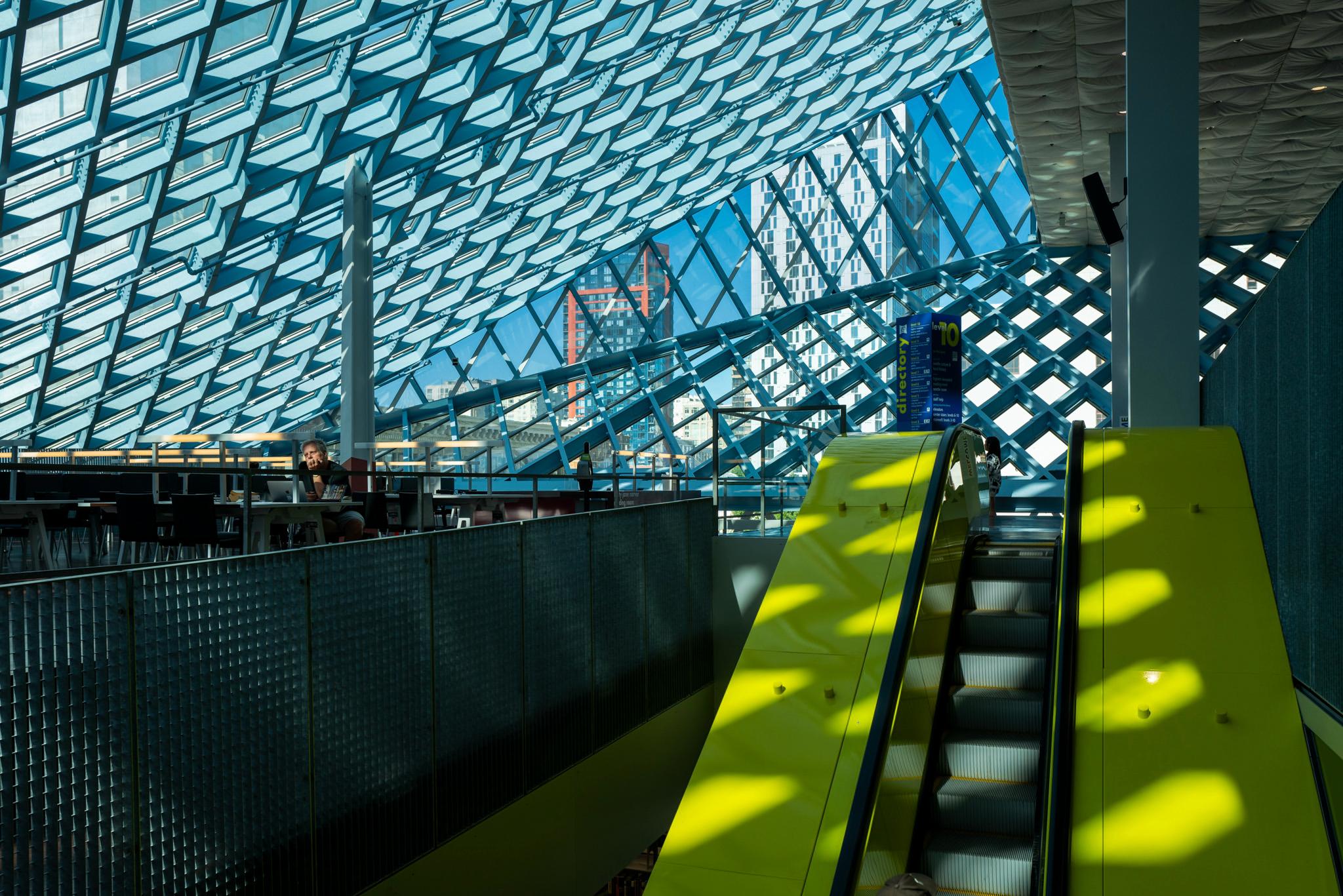

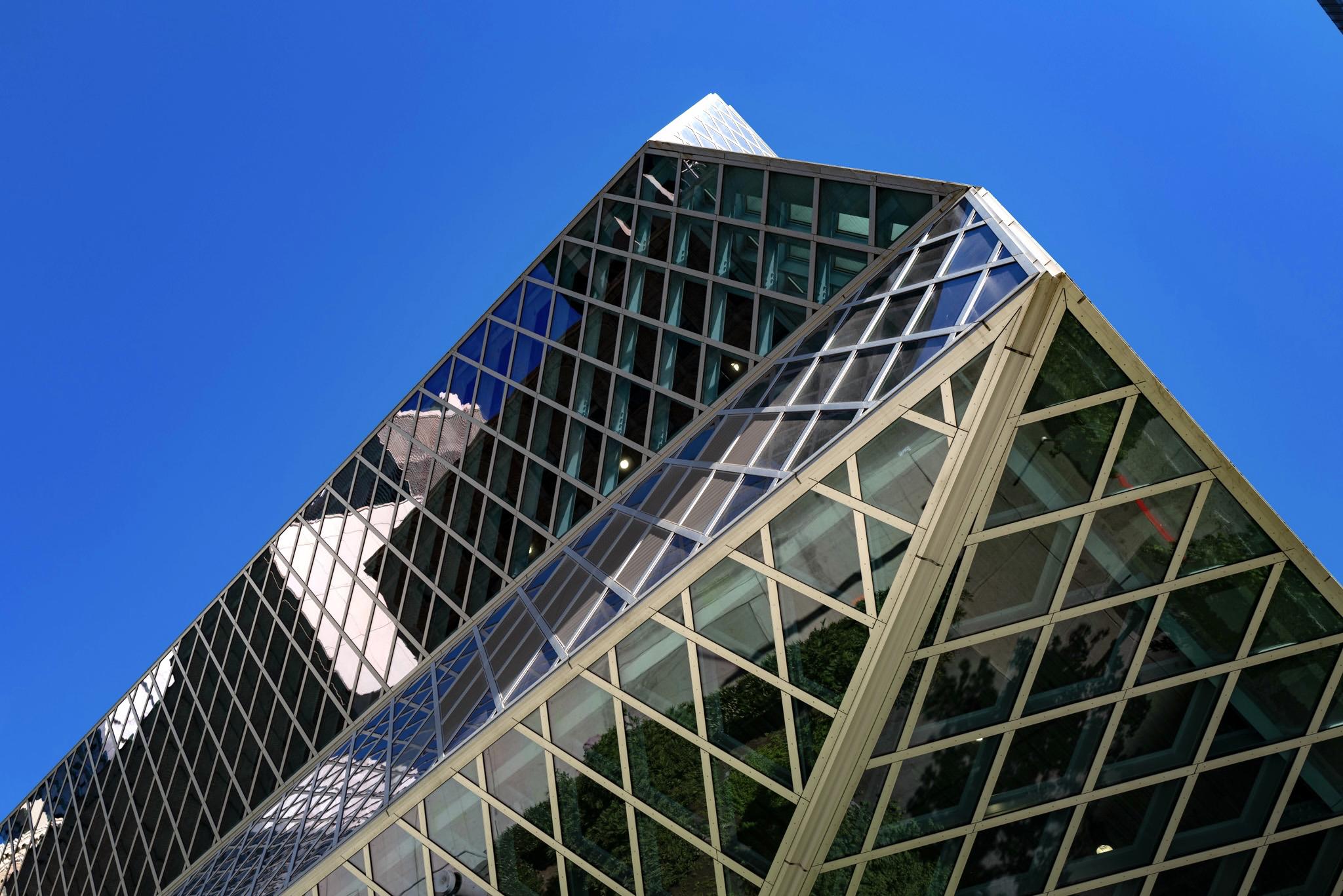
As a fan of modern architecture, I had a field day photographing both interior and exterior of this wonderful building.
I was even able to take an unusual, geometric selfie using its glass exterior. Among my selfie collection, it easily represents the greatest distance between photographer and reflective surface I have ever achieved.
Time to head home
Once again, my Leica Q2 was capable of handling every photographic opportunity that came our way. Be it landscape or architecture, portrait or action, dim light or blazing sunlight, it was up to the job.
After an extremely enjoyable few days in this gem of a city, we boarded our flight for San Diego. It was the end of a trip not just to Seattle, but to this fascinating region of Canada and the US. The short, direct flight home book-ended our stress-free excursion to a foreign country, avoiding long-haul flights and jet lag.
My next foreign trip with the Q2 will be quite a different story.
Read the first article in this series
Read the second article in this series
Join the Macfilos subscriber mailing list
Our thrice-a-week email service has been polished up and improved. Why not subscribe, using the button below to add yourself to the mailing list? You will never miss a Macfilos post again. Emails are sent on Mondays, Wednesdays, and Fridays at 8 pm GMT. Macfilos is a non-commercial site and your address will be used only for communications from the editorial team. We will never sell or allow third parties to use the list. Furthermore, you can unsubscribe at any time simply by clicking a button on any email.

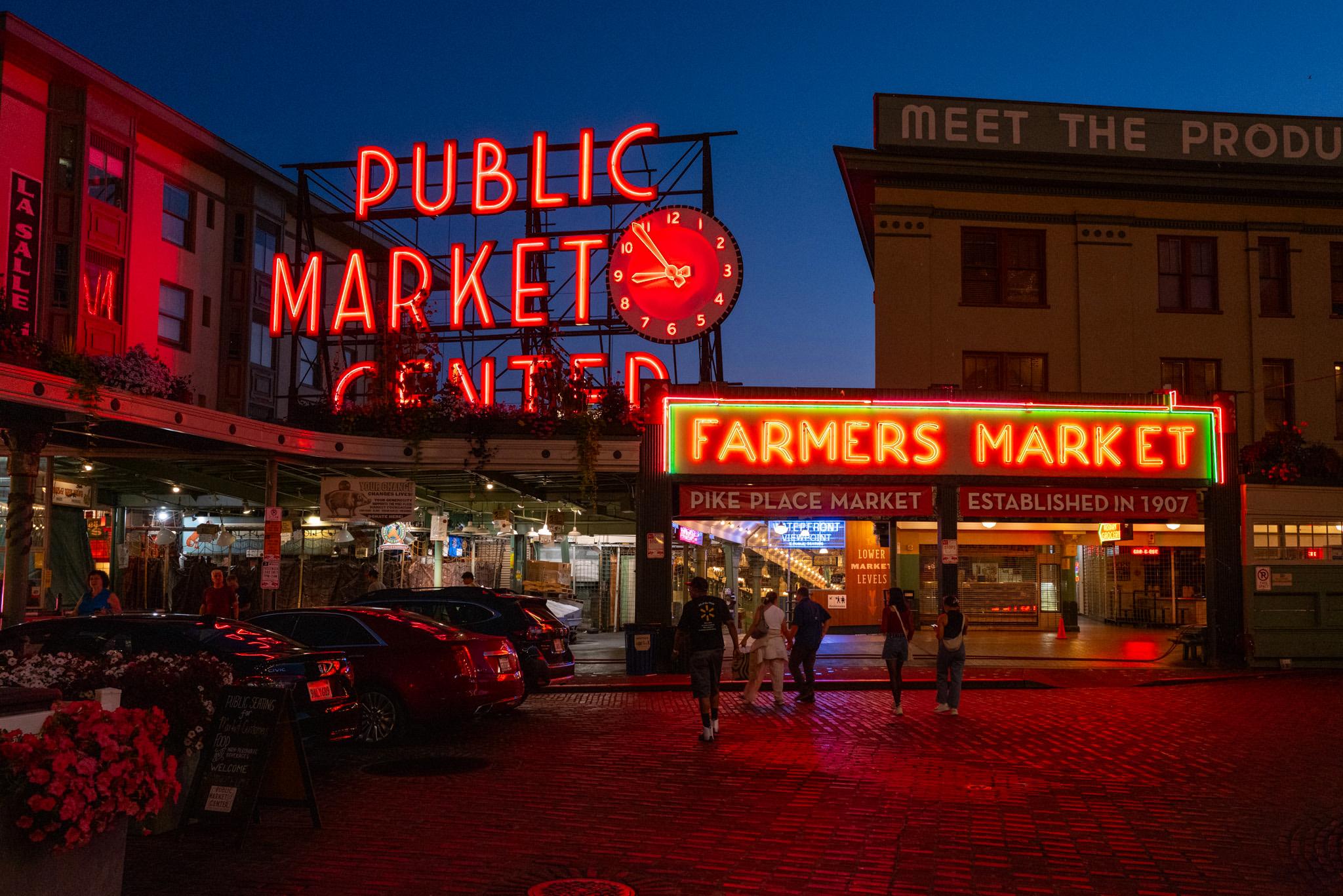


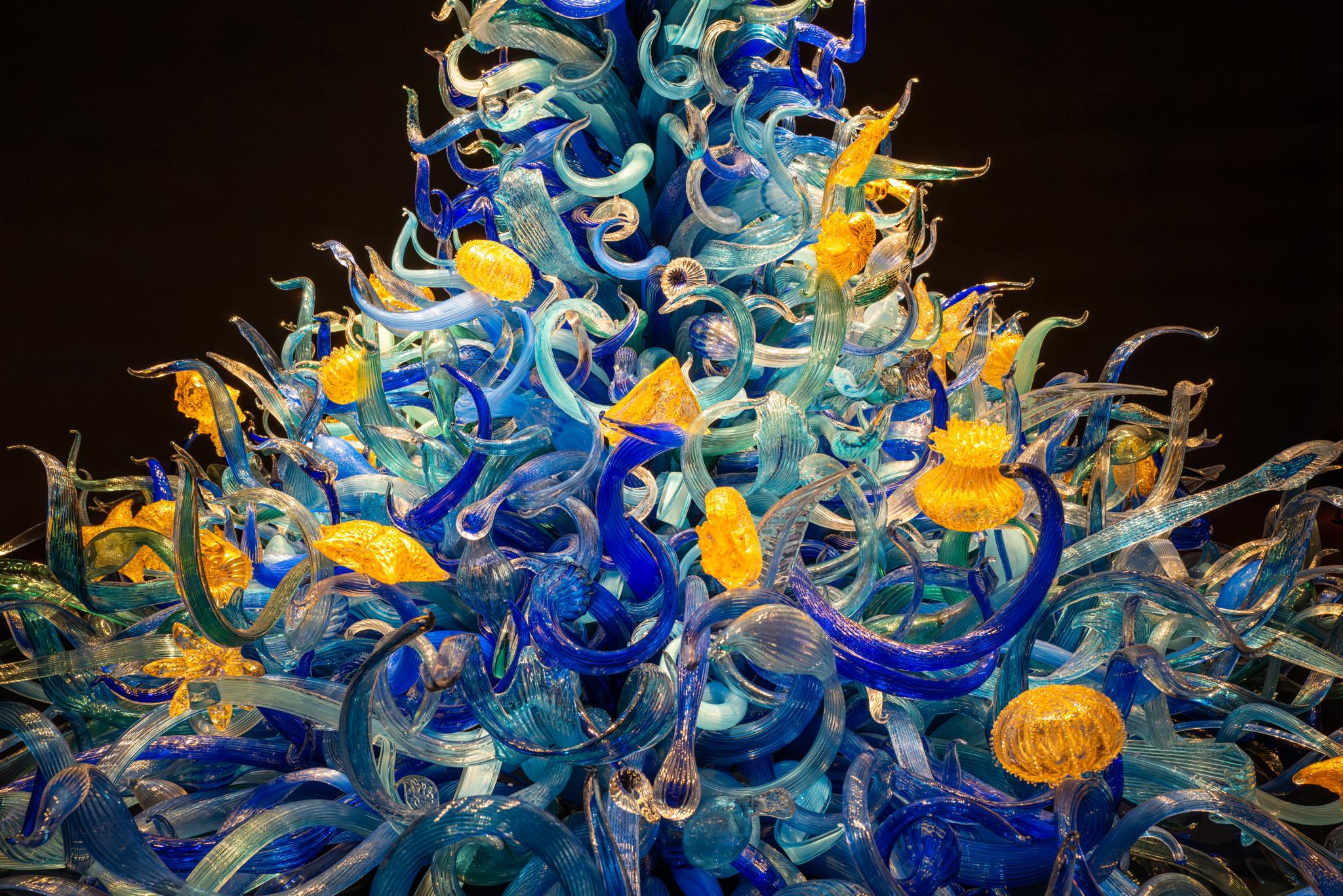


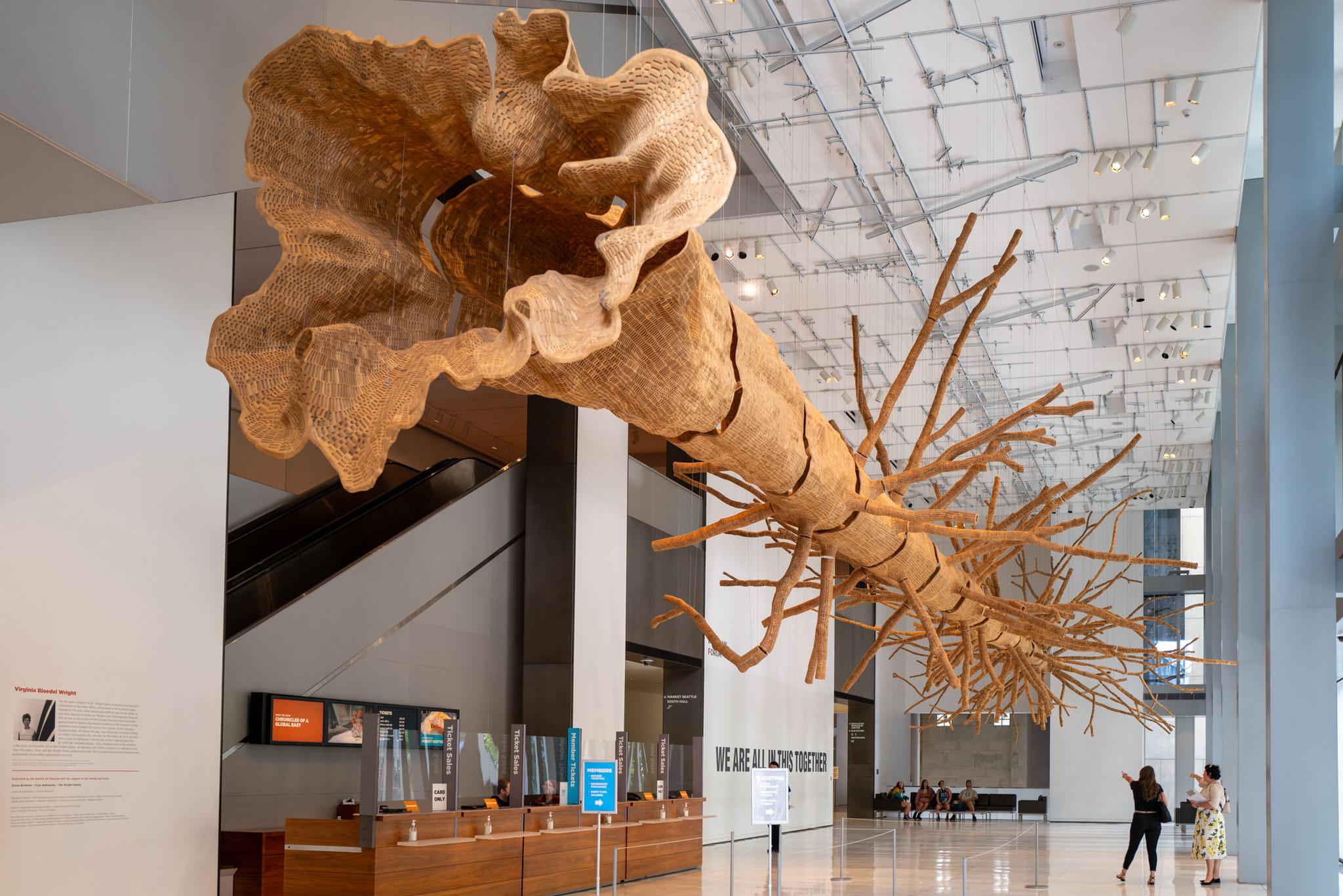



Thanks for this latest west coast article. It’s a wonderful city but sadly I have only been there for meetings with a certain beverages client, so missed the art and fun stuff like Pikes. My wife and I both want to visit and do the drive up to Vancouver which is really scenic from recall the one time I did that.
And you and your Q2 seem to be in your element in this type of scenery!
Thanks, Jon. If you like a mix of city and scenic landscape, it’s a lovely part of the world to visit. August appears to be a perfect time to check it out. We enjoyed spectacular weather, even though the region is notorious for cloud and rain. It was hard to pick a favourite, but for me, Vancouver wins it by a nose. Cheers, Keith
I have been in Seattle in May and December. I definitely vote for May.
Heading south, the countryside was breathtaking, I particularly remember the green colors in Oregon. Some seemed almost unreal in their intensity. Like the pictures I have seen of Ireland (never been there. Yet.)
Jon,
I’m curious to hear what route you took from Seattle to Vancouver! I may have become a bit jaded, living in Bellingham WA. When we drive to/from Seattle we take I5, and a mess it is, especially at Everett. I will admit to a thrill going north as we pass Alger, but on reaching Fairhaven, it’s all city to me.
It’d be great to find a scenic route!
It’s a long time ago, but I remember starting on 5 and then turning off onto 11 at Burlington because I thought there might be more interesting scenery and small towns to see, and continuing past Clayton Beach up to Bellingham and rejoining 5.
I like the old and faded, slightly rundown places you can find on the way. Astoria, OR is a bit like that and you can almost imagine Steinbeck visiting for inspiration when he wrote “Cannery Row”.
Thanks for the reply. I agree with you — that’s the way to go!
I saw a video recently that recommended Amtrak from Bellingham to Vancouver as the most beautiful part of the train trip to Vancouver. Now that service has been restored post-COVD, I can’t wait to try that.
I want to take that trip as well. Then maybe take the ferry from Bellingham to . . . anywhere in Alaska!
Sadly we lost the romance of the rails many years ago. I took Amtrak a few years ago with my father from Portland, OR back home to Chicago, and it was both magical and fascinating. Columbia River gorge at sunset with a glass of wine in the viewing car, early morning clanking our way slowly uphill through the Rockies to the flatlands and badlands of Montana and place names from a Jim Harrison novel.
I want to take the trans-Canadian trip from Vancouver to Quebec City and the California starlight train from LA to Seattle.
So much to see!
My Q2 was an addition to my M. It’s a versatile camera when you don’t want to carry a lot of kit. The in frame cropping is excellent and allows you to work fast compared to focusing with the M
Hi Jonathan, yes it’s a terrific camera to have in one’s collection. For quick trips, or if you are in a hurry, it is so easy to just grab it, knowing you are going to get a great result. Although travelling more often with other cameras these days, I still can’t imagine going on a big trip without it. Cheers, Keith
Thanks again.I look forward to your travelogues. The Q2 proves itself again in your capable hands. Despite the oft repeated reference to the Q2 as a point and shoot, the camera is more than that to me. The Q2 is the gateway camera for Leica Rangefinders for me. The Q2 became a Q2 Rangefinder with the auto modes turned off for me. I used my Q2 on manual settings to prepare for range finding. I don’t plan on giving up the Q2 up after purchasing an M10-R. At THE least, the Q2 gives me a capable 28MM lens I don’t have to buy, and OIS as my hand tremors progess with age!
Hi Stephen, and many thanks! There are more travelogues to come in due course – even branching out from the Q2. Now also owning a rangefinder, I too use my Q2 in manual-mode much more, especially for focusing close-up. It really is a wonderful camera, especially for travel. All the best, Keith
I suppose for me, using my manual-focus AiS Nikkors on my Nikon Df, is akin to Leicaphiles using the rangefinder digital M cameras. I could, and do, use AF-Nikkors, but most of the time prefer the process of doing it the old way with the classic lenses.
Although, you can also use the AiS lenses on M cameras. I’ve happily used the 105 f2.5, and the 50mm f1.4 — both perform very well on M!
Thank you, Keith, for taking us places. Wonderful images of an interesting spot. Cheers, JP
Hi Jörg-Peter, and many thanks! It was a fun place to visit. Cheers, Keith
Great article and fascinating photos!
Thanks Joe! Glad you enjoyed the selection. I have many more! Cheers, Keith
Very nice work on getting the brilliance of the glass!
I imagine that it isn’t easy to capture objects with so many internal/expernal reflections. Any tips on how to do it?
Other, of course, than ‘Buy A Leica Q’!
Hi Kathy, thanks so much! In situations like this, with brightly illuminated subjects, I underexpose quite a lot. The sensor in the Q2 is able to capture a lot of information in the shadows that can be recovered during post-processing in Lightroom. In this museum I also spent quite a lot of time waiting for gaps in the crowd so that I was able to get a clear shot in each case. This can try the patience of one’s traveling companions, but I think it’s important to get that unobscured view! Cheers, Keith
Seattle is indeed picturesque. Beautiful work, Kieth. I have photos i took of many of the same subjects. Except I used a Fujifilm X100S.
Thanks Martin! Before visiting I had been wondering whether Seattle could compete with Vancouver and Victoria in the photogenicity stakes, but it is indeed a very photogenic city. I think the lovely weather we enjoyed, plus the incredibly interesting places we visited, made for a very enjoyable photographic excursion. All the best, Keith
Hi Keith, great article and great pictures. Please note though that Microsoft although headquartered in Redmond, WA was founded in Albuquerque, NM.
Thanks, SlowDriver – for the feedback and for putting me straight on the origins of Microsoft! I will never think of either Microsoft or Albuquerque quite the same way ever again. Cheers, Keith
Take a picture of the plaque if you ever make it to Albuquerque:
https://www.atlasobscura.com/places/historic-microsoft-plaque-albuquerque
and obviously visit all Breaking Bad filming locations. Google will (at least used to) take you straight to Walter and Skyler White’s house. Private property though and no pizza on the roof…
Funny you should mention that. I am considering a visit in May, en route to Santa Fe and Taos! Thanks for the advice on local attractions!
Inspiration for a Q3 visit next year
Great photos and superb colo(u)rs To me very vivid after a sombre visit to Aushwitz on a cloudy day yesterday
Hi Mike, many thanks! August turned out to be a perfect time to visit a region that is better known for its cloudy damp weather. We enjoyed blue skies and warm temperatures. It was ideal for walking about, taking photos. All the best, Keith